Some parents walk into parenthood carrying more than just hope. They carry memories of neglect, emotional wounds, or fear rooted in their own childhoods. These invisible burdens can shape how they love, how they discipline, and even how they perceive their child’s needs. But there is hope—and power—in this truth: your past does not have to define your parenting story. It is time to break the cycle of parenting with childhood trauma.
Healing is possible. With awareness, support, and compassion, it is entirely possible to break the cycle of trauma and build a safer, more connected future for your child.
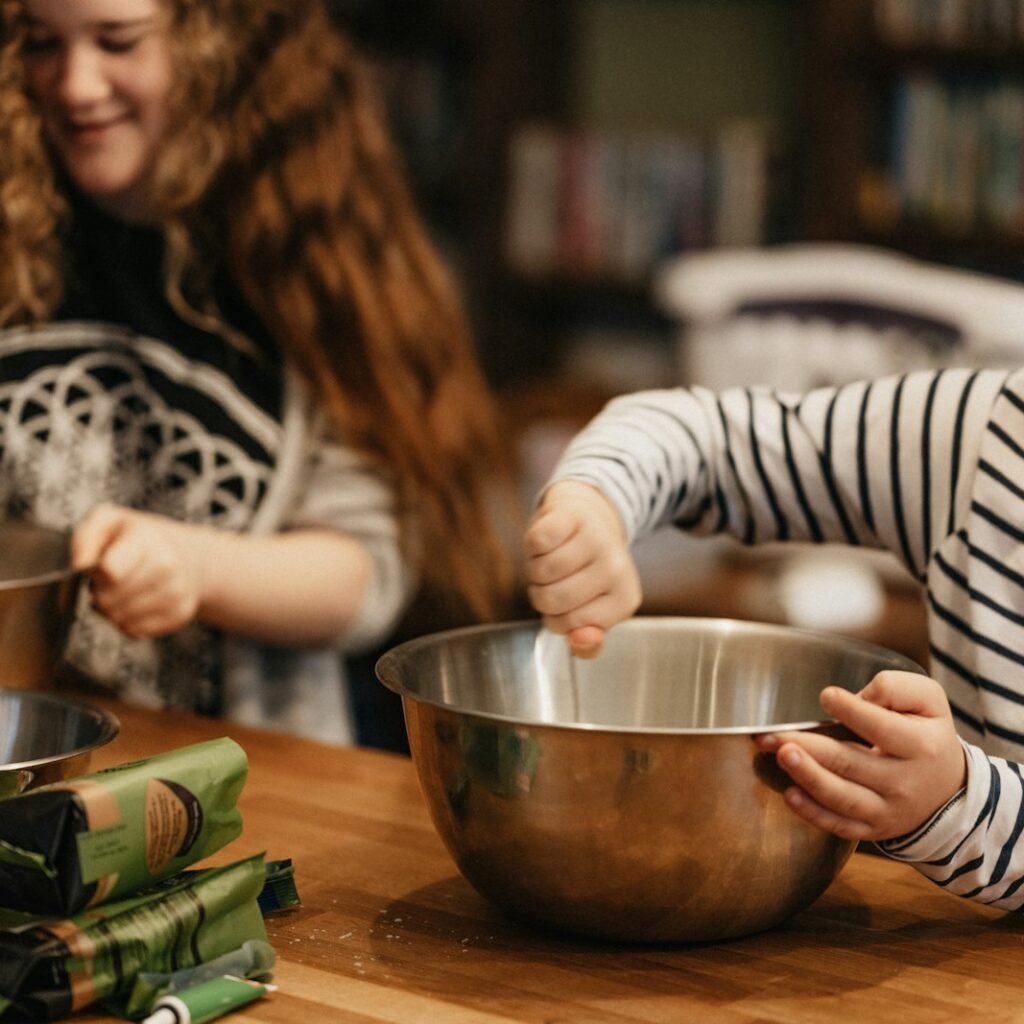
What Is Childhood Trauma—and Why Does It Resurface in Parenthood?
Childhood trauma refers to deeply distressing or disturbing experiences during early life—such as abuse, neglect, abandonment, or chronic household instability. When those experiences are unresolved, they can resurface during parenting.
According to the National Institute of Mental Health, mothers who experienced early trauma often show heightened stress responses, which can affect how they engage with their children and respond to their needs. These effects are not limited to mothers; fathers, guardians, and all primary caregivers can be influenced by their childhood experiences.
The reason is deeply rooted in neurobiology. Trauma alters the brain’s stress regulation systems and attachment networks. In the face of a child’s need, a traumatized parent may unconsciously relive old fears, avoid emotional closeness, or struggle to maintain consistent caregiving.
Recognizing the Signs: Are You Parenting Through Trauma?
Awareness is the first step toward change. Some signs that trauma from your childhood may be affecting your parenting include:
- Feeling emotionally numb or overwhelmed during conflict with your child
- Overreacting to minor behaviors or perceived disrespect
- Struggling to set boundaries or enforce them consistently
- Becoming emotionally distant or overly controlling
- Experiencing guilt, shame, or confusion about how you parent
If these patterns feel familiar, you are not alone. As described by the National Child Traumatic Stress Network, understanding your triggers and emotional patterns is the first step toward conscious, compassionate parenting.
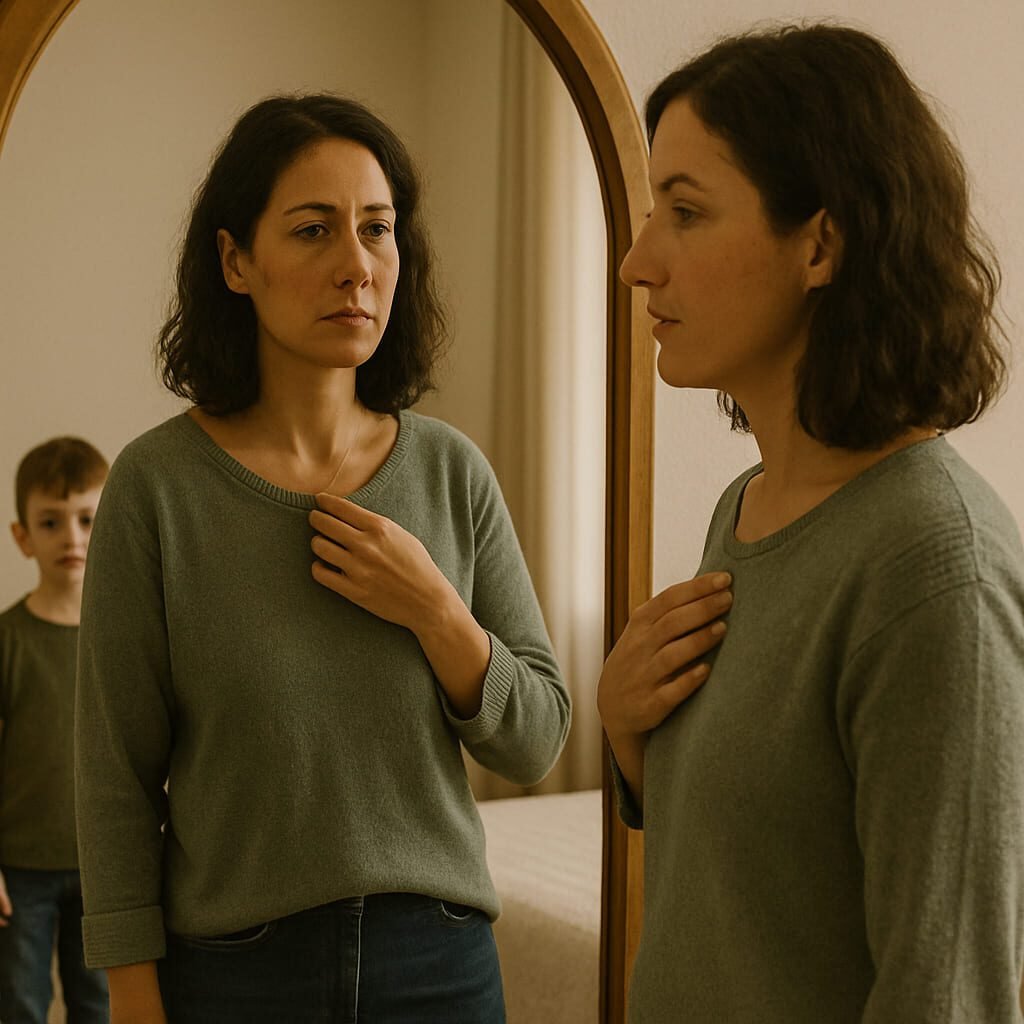
How Childhood Trauma Influences Parenting Styles
Unprocessed trauma can subtly influence parenting in two main ways:
- Reenactment – Repeating the patterns you experienced as a child, even if you swore never to.
- Overcompensation – Avoiding anything that resembles your childhood, often by becoming permissive or emotionally distant.
As outlined by MindSite News, trauma can distort how parents interpret their child’s behaviors. A whining toddler may trigger feelings of helplessness or shame. A teenager’s defiance might awaken buried memories of abandonment or betrayal.
This is not a sign of failure. It is a signal that your own wounds are asking to be seen and healed.
Breaking the Cycle: Practical Steps for Conscious Parenting
Healing intergenerational trauma does not happen overnight. It is a layered process, but every intentional step builds emotional safety—for you and your child.
According to Psych Central, here are key steps to breaking the cycle:
- Practice self-reflection: Notice when your emotional reactions feel disproportionate. Ask, “Is this about now—or then?”
- Build emotional regulation tools: Breathwork, journaling, grounding exercises, and movement can calm trauma-driven responses.
- Seek support: Therapy, especially Trauma-Focused Cognitive Behavioral Therapy (TF-CBT), is highly effective for both parents and children dealing with unresolved trauma.
- Be open with your child in age-appropriate ways: You do not need to share every detail, but modeling emotional honesty helps your child feel safe and seen.
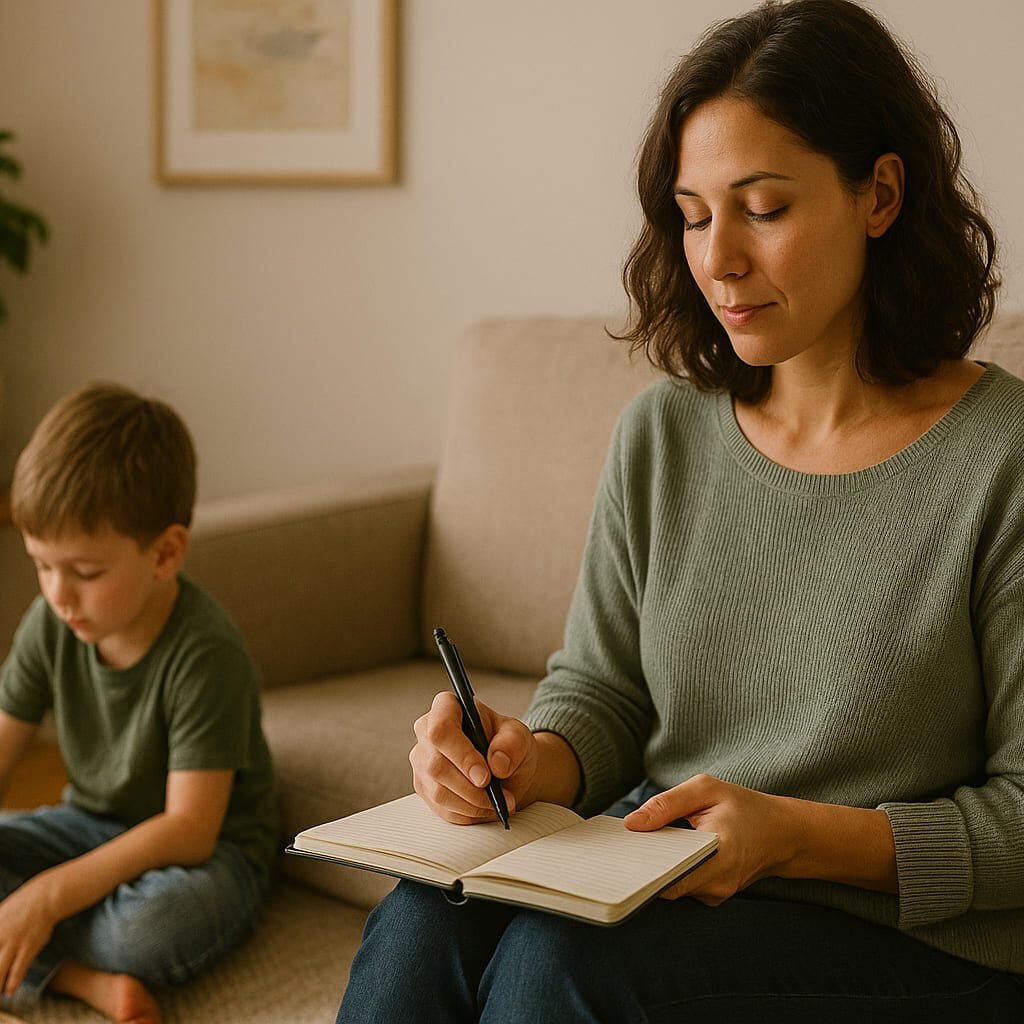
Healing Together: When You and Your Child Are Both Affected
Sometimes trauma has passed through more than one generation. You may see in your child the same fear, anxiety, or emotional dysregulation you once felt.
The good news is that healing can be shared. As described in the Wikipedia overview of TF-CBT, this treatment model helps families process trauma together, fostering safety, communication, and emotional growth.
Start small. Let your child see you apologize. Let them watch you care for your mental health. And they should also hear you say, “I am still learning how to be a safe parent—and I will keep trying every day.”
This is not about being perfect. It is about being real.
Letting Go of Shame: You Are More Than Your Childhood
Shame is often the heaviest weight trauma survivors carry. It whispers that you are broken, dangerous, or unworthy of love.
But parenting is not about who you were. It is about who you choose to become.
In Secure Attachment: What Every Parent Should Know, we explored how consistency and emotional availability—not perfection—form the foundation of a child’s mental health. Even if you were never given that safety, you can learn how to create it now.
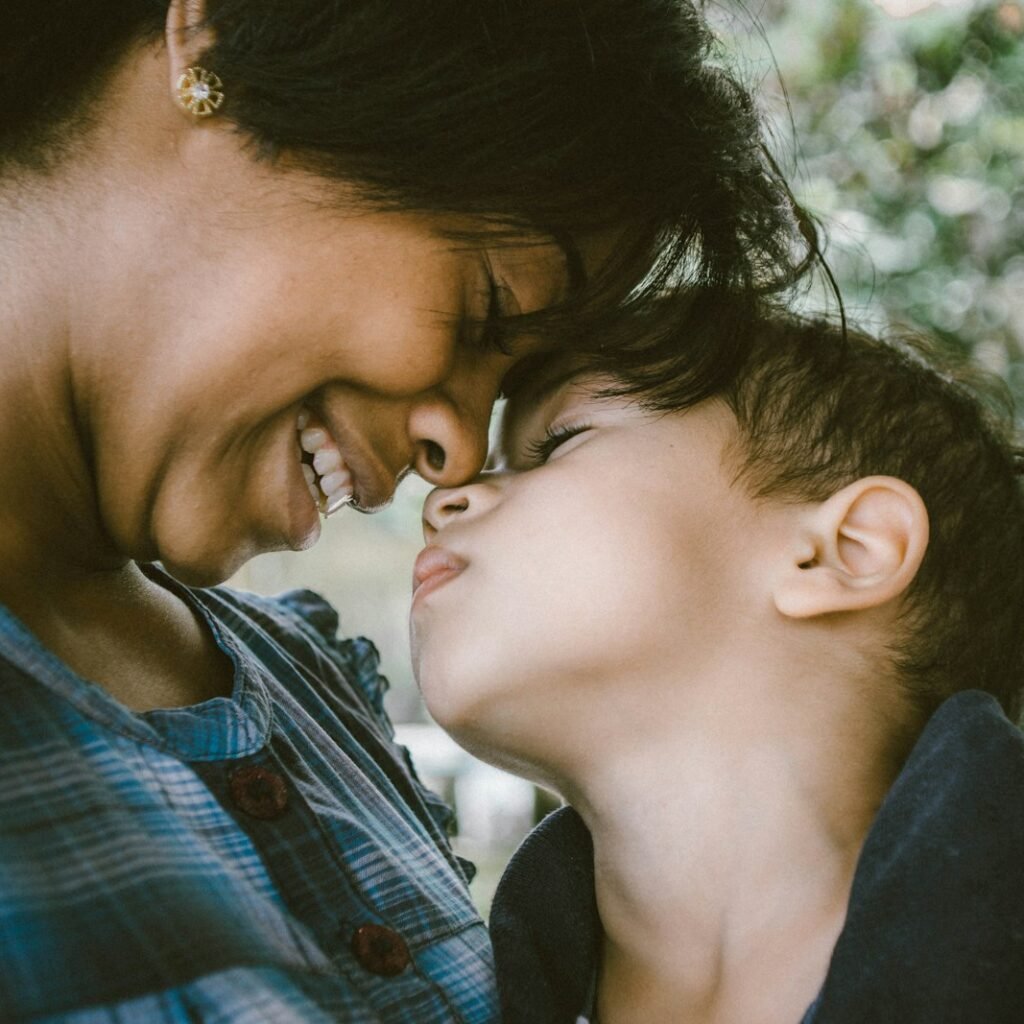
Words of Hope: Rewriting Your Story, One Day at a Time
Every time you pause instead of yelling, every time you hug your child after conflict, every time you say “I love you” even when it is hard—you are breaking the cycle.
And you are not alone.
You are not defined by your past. You are defined by your courage to grow beyond it.
Final Thoughts: The Courage to Heal Is the Courage to Parent Well
Parenting through trauma is one of the hardest emotional tasks a person can face. But it is also one of the most meaningful. Each small act of presence, empathy, and reflection rewrites what your child—and you—can believe about love, safety, and trust.
The road may be long, but it leads somewhere beautiful. And you do not have to walk it alone.


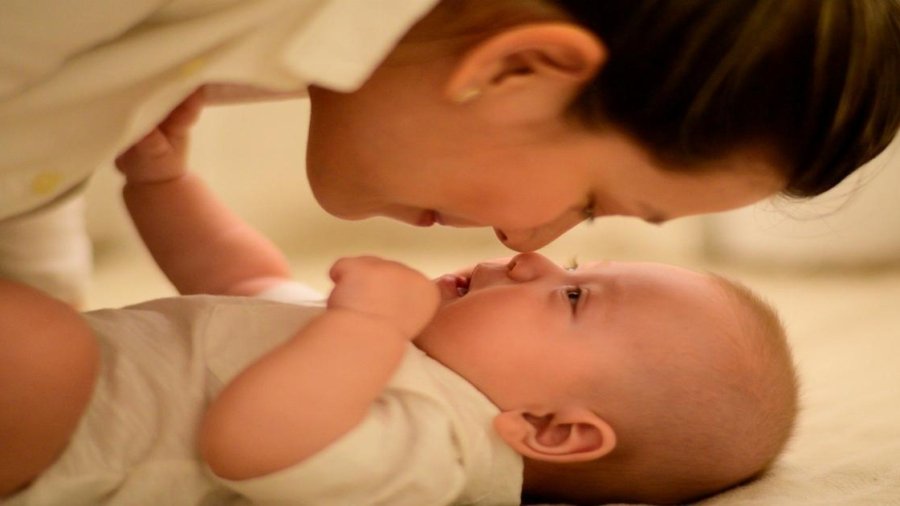
Add a Comment